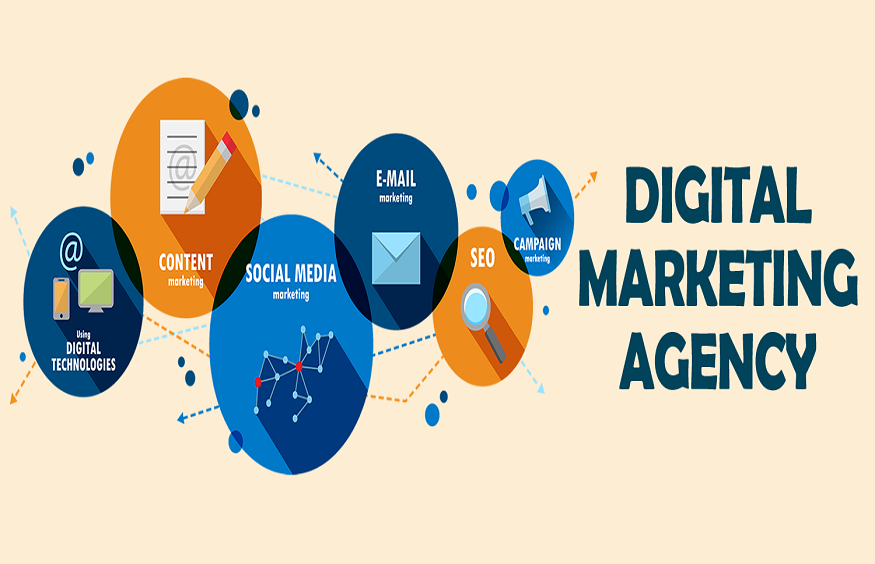The digital transformation is an unstoppable force that is radically reshaping companies and entire industries. Organizations that thoughtfully embrace this change and implement the right strategies stand to gain tremendous advantages in efficiency, insight, customer experience, and competitive positioning. Nevertheless, the transition also comes with profound challenges that must be overcome. Leadership teams must really assess their firm’s maturity, carefully choosing solutions suited to their specific goals, equip their workforces with new insight, and ensure buy-in across the enterprise.
Assessing Your Digital Maturity: A Critical Starting Point
Before implementing sweeping technology changes or launching new digitization initiatives, management should start by gauging their organization’s digital maturity. This means honestly and thoroughly evaluating current capabilities across hardware, software, data utilization, workflows and employee skill sets to identify areas that most urgently need improvement or transformation. The assessment should probe both hard infrastructure like outdated legacy software systems and servers, as well as soft infrastructure like digital acumen across middle and frontline management.
Intelligent Solutions for Contract & Document Management
Most enterprises today have critical business contracts and documents haphazardly spread across multiple file servers, SharePoint sites, individual user hard drives and old-school paper record rooms. This widespread fragmentation severely hampers visibility into upcoming renewals, deadlines, compliance requirements, and revenue opportunities hidden in language.
According to the experts at ISG, intelligent contract management software solutions centralize this information across different repositories via dashboard, offering leadership unprecedented clarity, control and data-driven insight. Key features like centralized search, workflow automation, third-party integration and data enrichment can streamline document reviews, analysis, and processing by over 70% or more.
Securing Enterprise Buy-In Through Stakeholder Change Management
Ultimately, the success of any new technology comes down to user adoption across an organization. Employees accustomed to legacy systems and comfortable status quo routines may innately resist tools they do not fully understand or that force new disruptive workflows. Leadership must delicately balance driving change through firm decision-making while still encouraging stakeholder participation and inclusion.
Frame new solutions as opportunities to fuel growth, productivity and innovation gains rather than change merely for its own sake. Engage both middle management and frontline teams early in tool selection, implementation planning and workflow design. When possible, run limited scope pilot projects first to achieve some quick wins that substantially show value. This seeds positive momentum to help larger scale initiatives overcome inevitable inertia.
Investing in Enterprise-Wide Digital Literacy Skills Development
Beyond purchasing and deploying new technology, an equivalent investment must be made in building employees’ digital literacy skills across the enterprise to extract full value. Operational management and frontline roles need enhanced skills to capitalize on new data-enhanced decision-making abilities. Provide contextualized training and coaching to increase user comfort and adoption of new platforms. Cultivate more advanced data interpretation, visualization, and modeling skills to actually maximize buy-in tool utilization beyond mere data reporting. Foster a culture that rewards informed risk-taking, innovation and initiative rather than one that punishes well-intentioned missteps or experimentation with new features. Place digital transformation champions throughout the organization to set an example for others.
Conclusion
The digital landscape will only speed up its exponential pace of change over coming years with each new wave of innovations in areas like artificial intelligence, virtual and augmented reality, robotic process automation, quantum and neuromorphic computing. In this environment organizations cannot afford to stand still and bask in temporary progress. Taking proactive steps to regularly reassess maturity, thoughtfully select and implement new tools, secure widespread buy-in, and develop cross-functional digital literacy means companies can continuously adapt to technically disruptive forces.



